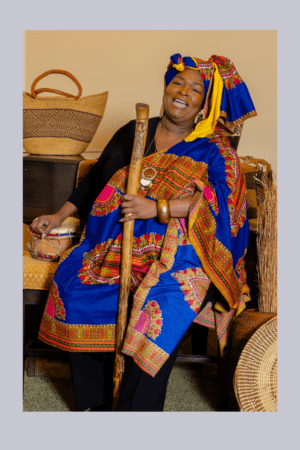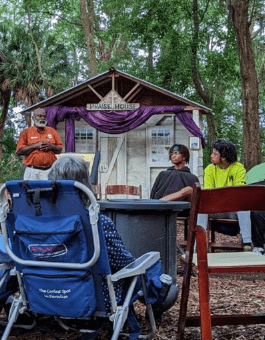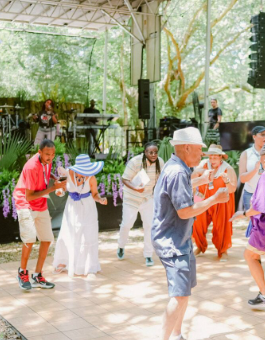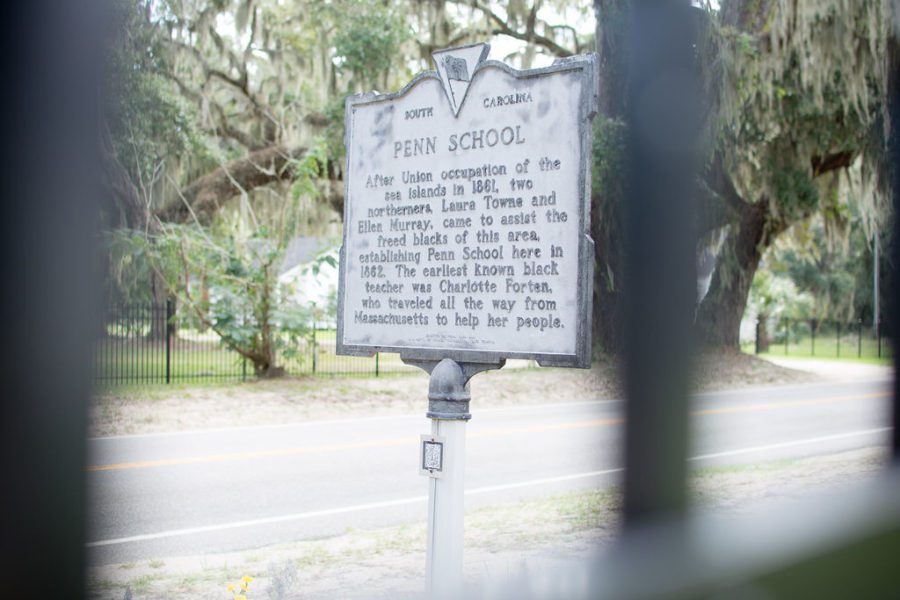
Penn Center located on St. Helena Island, is one of the most historically distinct places located on the South Carolina Sea Islands. Surrounded by marshes and trees filled with moss, the Penn Center has added value to South Carolina and served as stepping stones for African Americans to receive an education.
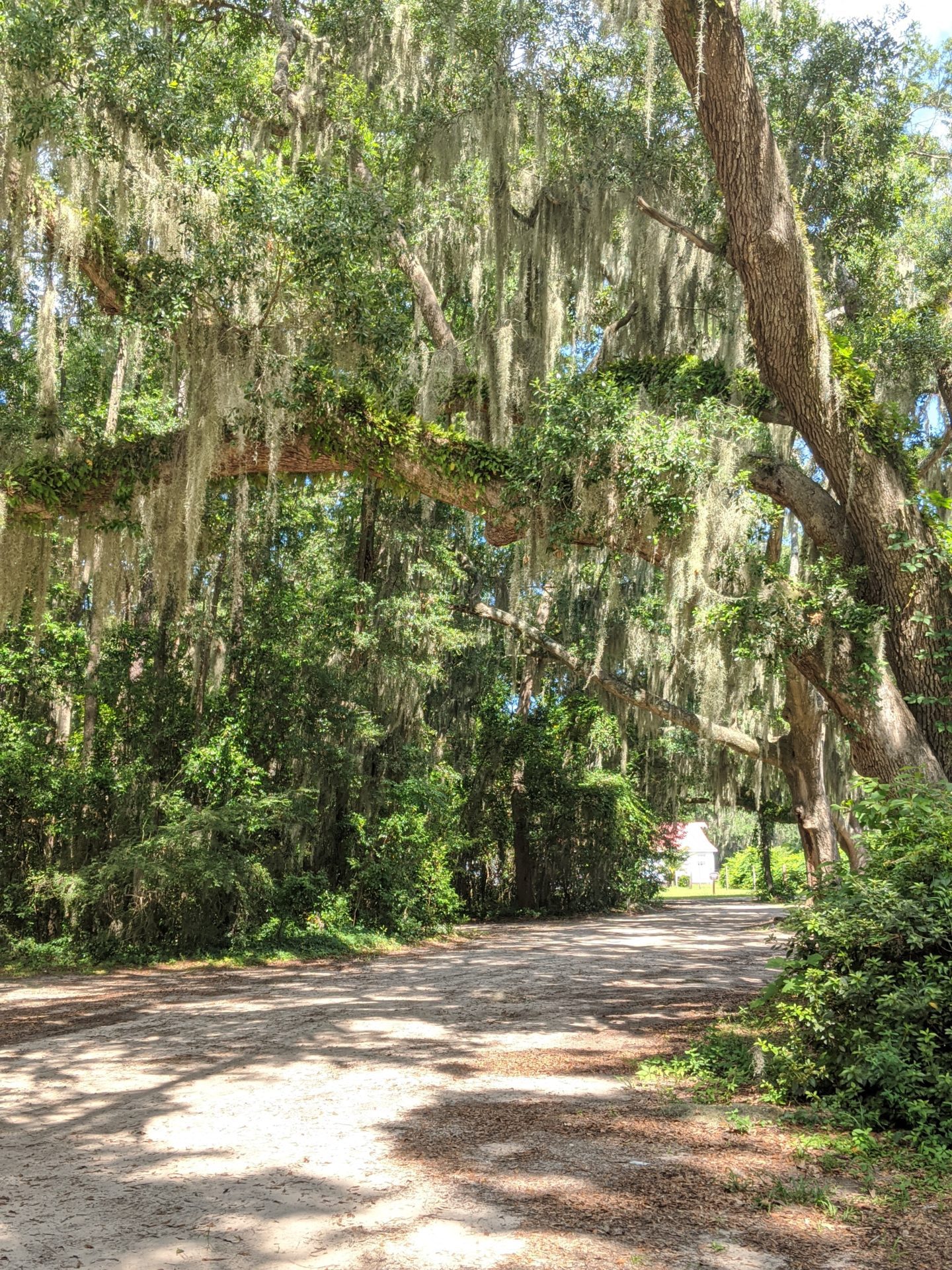
Founded in 1862, the Penn Center originally began as a three-room building that was known to many in history as the Penn School. The Penn School served as an educational home for approximately 80 freed slaves looking to grow their understanding and later it was developed into a place that was able to help more African Americans receive an education. After a few years of successful teachings, a drastic change in finances required the school to close in 1948. This is what led to the Penn School transitioning into the Penn Center.
The Penn Center continued to offer teachings, however more focused on training midwives, serving as a daycare for parents, and offering a teen canteen for local teenagers and a health care clinic for the community. South Carolina would now have one of the first sites that protected the heritage of the Gullah Geechee Community and was later dedicated as a National Historic Landmark District in 1974.
Now, the Penn Center is known for their collection of primitive photographs, distinctive artifacts and holding steadfast to their tradition of supporting the community and being a place where known history makers could relax and strategize. The Center opened their doors to many human rights activists specifically change makers like Dr. Martin Luther King Jr. and Congressman John Lewis.

At the core of the Gullah culture, the Penn Center is now viewed and visited by many and is one of the most successful National Historic Landmark Districts in South Carolina. The Penn Center and the 50-acre National Historic Landmark District allows for one to be able to enter through the Courtney P. Siceloff Welcome Center, visit the York W. Bailey Museum, browse through to the Penn School Collection and the Penn School Papers. The Penn Center even encourages participation in exhibitions and public programs that are known to many Charlestonians and South Carolinians as the Gullah Studies Symposiums and the annual Heritage Days Celebration in November.

The Penn Center inspires individuals to discover and learn more about the other historic places in the district. If traveling to the Penn Center Historic District, try enjoying a self-guided walking tour that features buildings and structures such as the Brick Church, Lathers, Pine Cottage, Cedar Cottage, and Arnett House; just to name a few, that were utilized during the history of Penn School and Penn Center.
The Penn Center Historic District continues to thrive and generates traffic from across the State and surrounding areas. With history located in their own backyards, the Penn Center is expected to be a historical place that many low country families can share about years to come. As a part of African American history and serving as a place that promotes historic perseveration, the Penn Center is leaving behind a legacy and constructing a place where individuals can visit and find out information about the State of South Carolina and the accomplishments of African Americans in the South.
1


